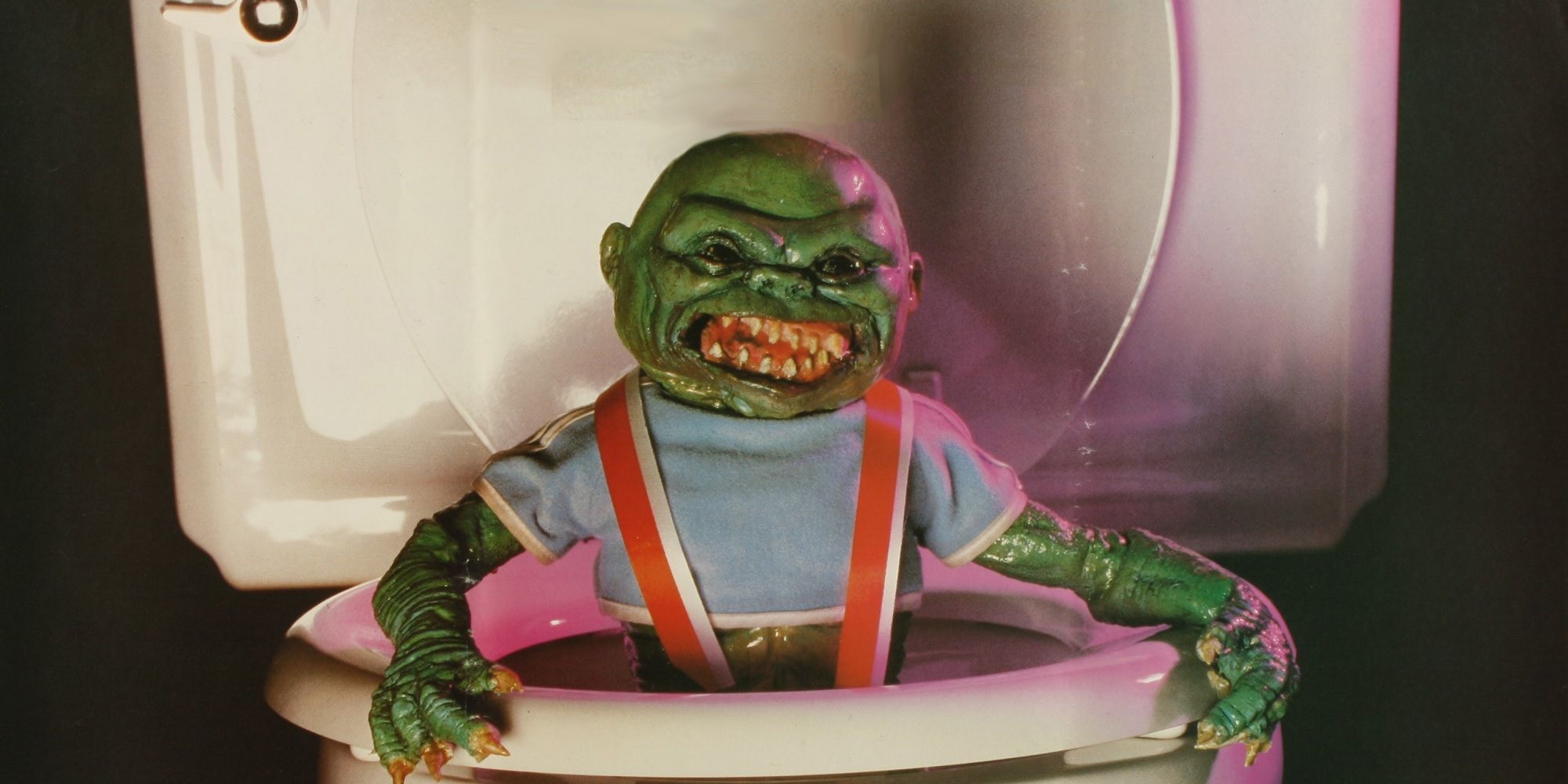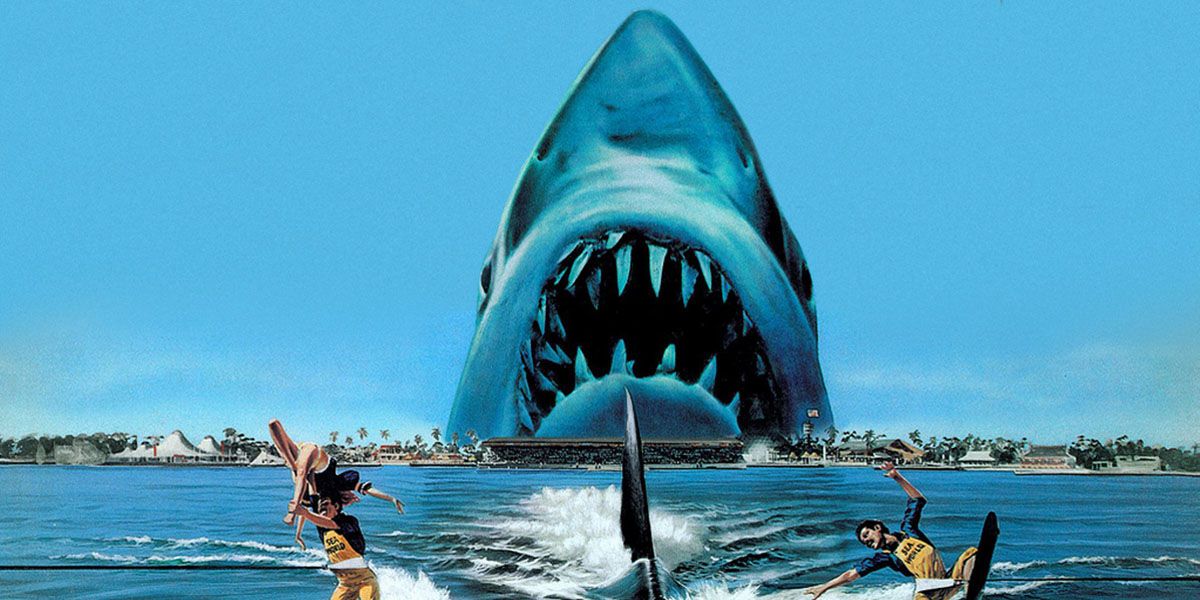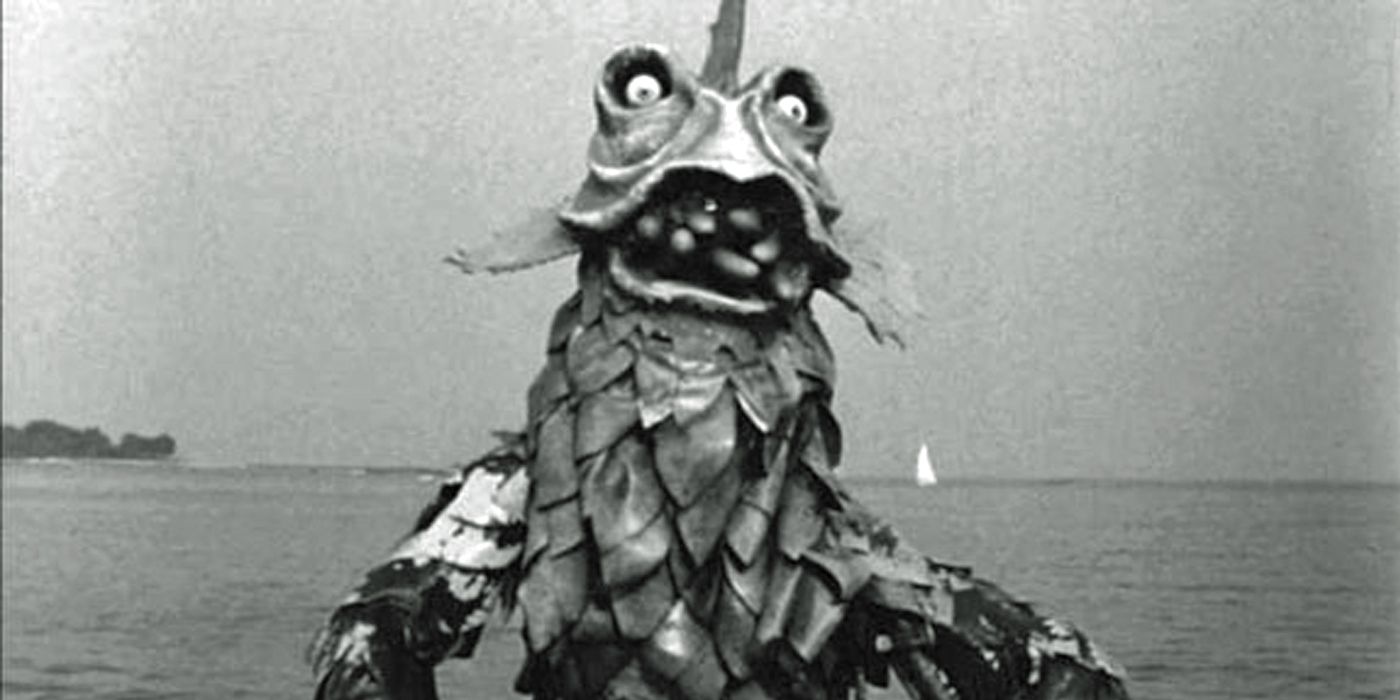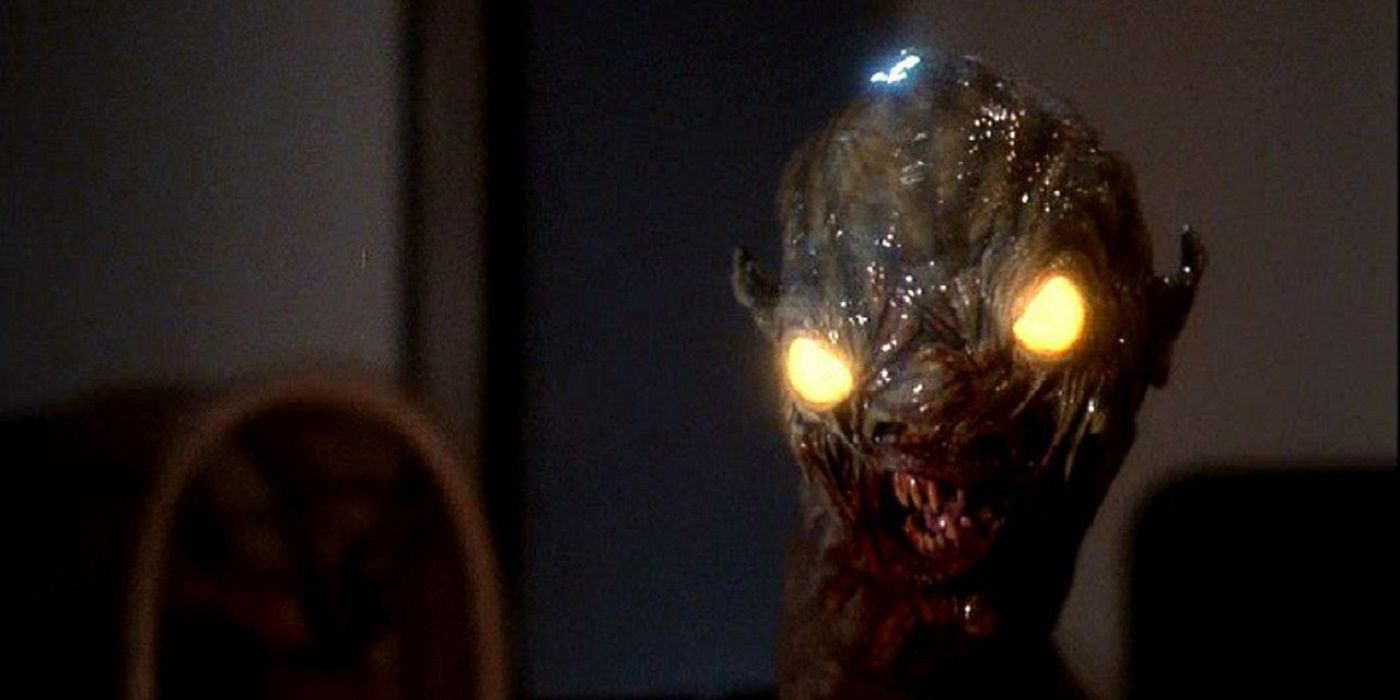Humankind's love of the grotesque is nothing new. Before horror films, thrill-seekers and lookie-loos flocked to Theatre Grand Guignol, read horrifying news pamphlets, and picnicked at war zones and public executions – so movies like Earth vs. the Spider and Zombie Beach Party seem pretty tame in comparison. They’re simply the type of schlock made by directors trying to snag a few bucks from the drive-thru/direct to digital circuit, or the creations of auteurs like Ed Wood, who are unable to comprehend that they're not the next Orson Welles.
Yet for all the derision heaped on cheap and terrible horror movies, their existence has a purpose – and a pretty good one at that. Bad horror movies have an appeal which crosses all classes and categories. There’s something supremely satisfying about curling up with your favorite people and a big buttery bucket of popcorn and watching dumb teens wander through the woods before getting ripped to shreds or alien invaders with visible zippers on their costumes 'terrorizing' Earth. One could even say, it’s good for you, and even science tends to agree with that sentiment.
Of course, not all bad horror flicks are created equal. There’s a certain pedigree which merges unplanned meta-moments, accidental camp, and unintentional humor, as well as a blend of gratuitous grue and wanton carnality. Even the best of the worst still need a certain so-awful-it-makes-your-teeth-hurt goodness, a certain rubber-suit, buckets of red paint Z-grade je ne sais quoi if you will.
It also doesn't hurt if they throw in a couple ridiculous jump scares, like a random screeching cat or the college student walking down a hallway startling at their own face in a mirror. After all, there’s a line in John Carpenter's menacingly minimalist classic Halloween that remarks "everyone's entitled to one good scare" for All Hallows' Eve.
Numerous studies have underscored the importance of fear and catharsis cycles in the brain. A truly good horror film, chock full of eerie ambiance and packing enough white-knuckle moments to give a race car driver a panic attack, is definitely one of the best outlets for this need. At the same time, there's also something marvelous about suffering through – whether alone or in a pack – a movie slapped together by, say, a Texas fertilizer salesman looking to make his artistic mark on the world. With the right setting, preferably one with low lights plenty of snacks, suddenly the buzz has died down, the on-screen mayhem is commencing, and something starts happening. Laughter spills from every member of the group. Individual ughs are replaced with group grumbles. Before long, a terrible movie has become a deeper connection.
As counter-intuitive as munching on shoddy B-grade terror like a plate of nachos might sound, one study published in the journal Poetics posited that watching bad movies is a sign of intelligence. Post-doctoral student Keyvan Sarkhosh at the Max Planck Institute for Empirical Aesthetics studied the rationale behind watching bad movies, and found that most cheap horror aficionados view these awful flicks through a pop-cultural lens. Sarkhosh suggested that these “‘cultural omnivores’ are interested in a broad spectrum of art and media” and enjoy low-quality cult fare as a “welcome deviation from the mainstream fare.” In essence, bad horror is a cinematic aperitif.
In fact, the badness of bad horror movies is exactly what makes them appealing; after all, nobody’s watching Wolfcop (2014) because they think it's a good movie. They’re poking fun at the acting, dogging on the direction, and generally MST3K-ing their way through the atrocious dialogue and bargain-basement special effects. The ironic thing is, picking apart bad horror films isn’t even really laughing at the director; it’s laughing with them (mostly). It’s certainly not like the bounds of good taste have forced flicks like 2000 Maniacs and its ilk to Netflix's library.
On the contrary, for every subtle, engaging movie like The Witch (2015) there are four dozen blatant attempts to exploit sex and violence for sex and violence’s sake. Sure, it’s possible a scuzzy Cinemax thriller is someone’s Cecil B. DeMille-esque masterwork. More than likely, though, it's a struggling auteur trying to wedge their foot into the notoriously narrow movie industry door. Just think of all the amazing directors like Steven Spielberg, James Cameron, Joe Dante, Sam Raimi, and James Gunn - all of whom got their start with pennies-on-the-dollar fear features.
Most Z-grade horror helmers know they’re not chiseling the next No Country for Old Men, but maybe, if they can work a tiny snippet of movie magic with a next-to-nothing, they’ll have the opportunity to make their dream film. In addition, a lot of low-budget directors simply love horror and would crawl through Hobgoblins and Zombie Strippers to get hold a decent digital HD camera and a financed film project.
In the long run, no matter what the reason, bad horror films actually have the power to make people feel good. Between the chortles, eye-rolling, shoulder-slapping, and groans, screening the shlockiest shriek-shows of all time can become a celebration of everything that makes cinema truly impressive and transgressive. Terrible pictures also remind viewers why they fell in love with the medium in the first place, as well as acting as a tutorial for would-be directors on what not to do.
So the next time you erase your Netflix history after watching Troll 2 or check your surroundings before slipping Sharknado 4 from the Redbox vending machine, relax. Bad movies don’t just make you feel better; they can be a genuinely cathartic experience and suggest that the viewer has an astute eye for film, pop culture, and aesthetics. Celebrate your love of trash cinema this Halloween and all year round.




